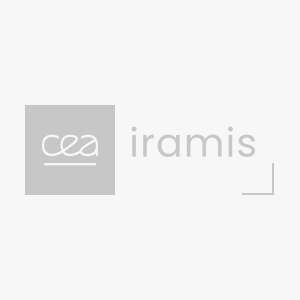The interfacial tension between molecular species in self-assembling systems plays a crucial role in determining the physical properties of the mesoscopic assemblages. The predominant method for controlling interfacial tension is the addition of surfactant molecules, which preferentially adsorb onto the interface and modify the interactions between the two phases. Using a model colloidal membrane composed of chiral, rod-like fd-viruses, I will present a new method for controlling interfacial tension which does not require additional surfactant components, but instead utilizes the intrinsic chirality of the constituent rods. I will demonstrate that chirality can be used to continuously tune the interfacial tension of a membrane and to drive a dramatic phase transition from two-dimensional membranes to one-dimensional twisted ribbons. Using a wide variety of microscopic techniques, this transition is characterized over length-scales, ranging from nanometers to microns. Finally, using optical forces we demonstrate that malleable chiral assemblages can easily be moved, stretched, attached to each other, and transformed between multiple polymorphic states, thus enabling precise assembly and sculpting of highly adaptable materials with complex topologies.
Using a mixture of fd viruses as model colloidal rods and polymers we induce the condensation of the rods into colloidal membranes, a monolayer of aligned rods. The microscopy images show from left to right the transition from colloidal membranes to twisted ribbons as we increase the chirality of the rods (scale bar: 2μm). The schematics below illustrate the structure of the membrane and the twisted ribbon.
Brandeis University, USA




